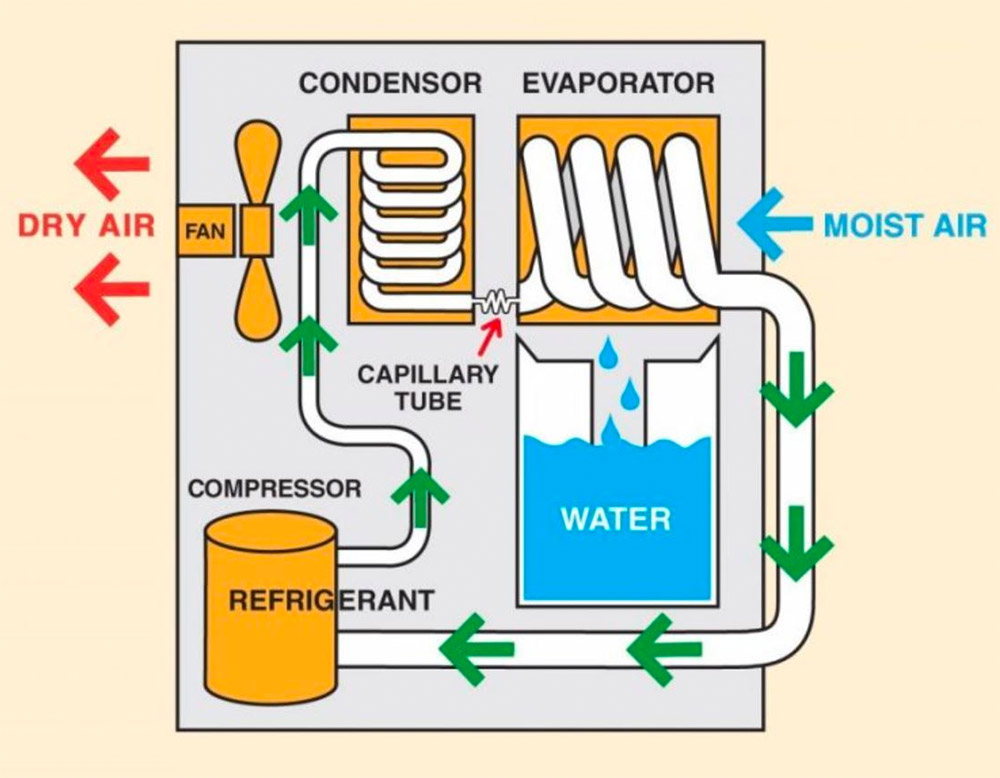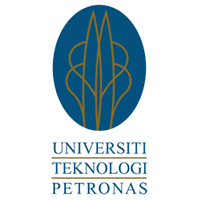Portable Dehumidifiers

Every place should be mold free. Mold and fungi can damage the place where they are present. It can also cause allergy reaction, asthma and other respiratory ailments. The solution is to control the source of the problem by removing excessive moisture in the room. Moisture in the surrounding creates a conducive environment that encourages the growth of biological pollutants. Alleviate moisture related problems with a dehumidifier.
A dehumidifier is used to reduce the humidity in the air. It works to control the humidity by absorbing the moist air in the atmosphere. A fan draws the room air (wet air) over the evaporator to condense the moisture, and water is collected in a container. Dry air will then pass through the reheat coil and recirculated back into the room. Drier air offers greater comfort at higher room temperatures. Lower humidity reduces growth of mold if fungus and bacteria, while creating a conductive environment for storage of most applications.
Bacteria & mould requires a high humidity to survive and multiply. If the humidity is kept below 70% RH, this will not occur. Relative Humidity (RH) is a measure of how much moisture is in the air. It is the ratio that indicates the ability of the air to absorb more moisture, expressed in percentage (%RH). The lower the percentage, the lower the moisture content in the air and the greater the air’s ability to absorb more moisture. When the air reaches 100% RH, it reaches its saturation point and the water vapor turns to liquid, forming droplets of condensation.
Humidity problems:











